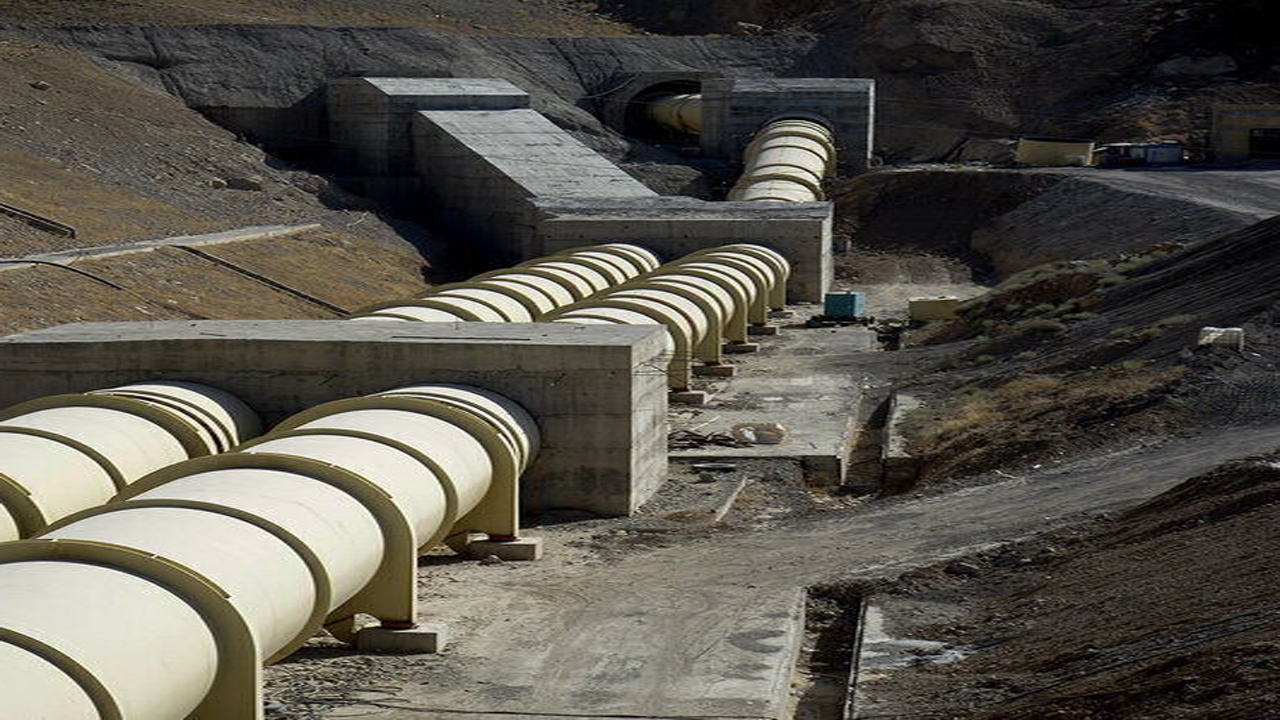The rate of drinking water loss from decrepit transmission lines in the country is about 25%, the energy minister said.
“The water loss in the urban and rural water supply lines built in the past few years is very low, but is high in old networks,” Mehr News Agency also quoted Ali Akbar Mehrabian as saying.
“Currently, the rate of water loss in some cities such as Yazd is very low, but in some cities such as Yasuj, due to the special geographical situation of the region and the great wear of its water supply lines, it is about 60%,” he added.
Water loss is defined as the amount of distributed drinking water that does not reach customers, for which water utilities also do not receive any payment.
The 25% water loss in Iran means that a quarter of the 6 billion cubic meters of water annually supplied to the network is wasted.
Heavy investments have been made on treating the water collected behind the dams and transferring it to cities. But according to statistics, about 25% of the water are lost on the way.
This lost water was called unaccounted-for water in the past, which was the difference between the quantity of water supplied to a city's network and the metered quantity of water used by the customers.
The name was later changed to non-revenue water. For example, of the total 125 cubic meters of water transferred to a subscriber, about 100 cubic meters reach the destination.
Although it is impossible to completely prevent water loss, it is feasible to reduce it. There is no such thing as “zero wastage” even in the most developed grids in the world. The average wastage rate in developed countries is 15%.
The goal of reducing water wastage in Iran cannot be accomplished unless 10,000 kilometers of the water grid are rehabilitated.


